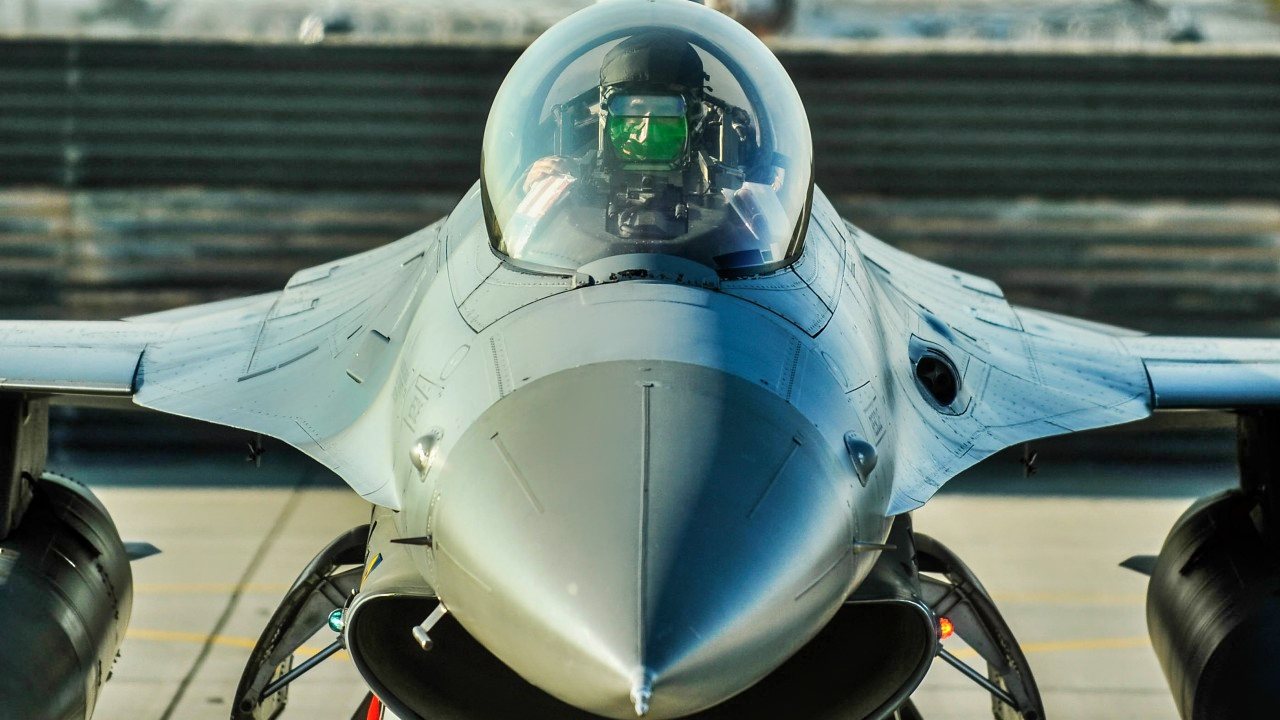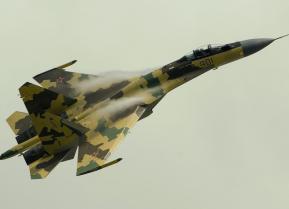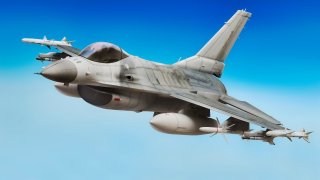Don't Get Too Excited: Ukraine's New F-16 Fighters Won't Defeat Russia
The Ukrainian Air Force has officially begun operating F-16 Fighting Falcons, marking a significant milestone in its transition to Western combat aviation. Ukrainian President Volodymyr Zelensky confirmed the jets are now in use, as Kyiv is set to receive 79 aircraft from NATO allies.
Summary and Key Points: The Ukrainian Air Force has officially begun operating F-16 Fighting Falcons, marking a significant milestone in its transition to Western combat aviation. Ukrainian President Volodymyr Zelensky confirmed the jets are now in use, as Kyiv is set to receive 79 aircraft from NATO allies.

-While the F-16s offer advanced capabilities, including intercepting cruise missiles and drones, analysts caution they may not be game changers in the ongoing conflict. The U.S. has approved the transfer but won't provide its own jets, focusing instead on supplying ordnance.
-The arrival of the F-16s enhances Ukraine’s air defense but may not decisively shift the war’s outcome.
The F-16 is Now in Service With the Ukrainian Air Force
2024 has been a year of milestones for the F-16 Fighting Falcon, including the 50th anniversary of its first flight, and the transformation to a testbed for autonomous flight. On Sunday, Ukrainian President Volodymyr Zelensky also confirmed that the Ukrainian pilots have been operating the U.S.-made multirole fighter within the war-torn country.
"F-16s are in Ukraine. We did it. I am proud of our guys who are mastering these jets and have already started using them for our country," Zelensky said from an undisclosed location while being flanked by a pair of Fighting Falcons as two more soared overhead.
"This is the new stage of development of the air force of Ukraine's armed forces," Zelensky added. "We did a lot for Ukrainian forces to transition to a new aviation standard, the Western combat aviation."
The official announcement that the F-16s are now in Ukraine comes days after images of the fighters in the skies near Kharkiv appeared on social media. Kyiv is on track to receive a total of 79 of the jets – donated by Belgium, Denmark, Norway, and the Netherlands. Though an older variant, the F-16s are seen as being more capable than the vintage Soviet-era aircraft operated by the Ukrainian Air Force.
Though Washington gave the green light for the transfer of the aircraft, the United States hasn't committed to supplying any Fighting Falcons. The U.S. has pledged to provide some ordnance that could be employed from the aircraft – notably the AIM-120 Advanced Medium-Range Air-to-Air Missile (AMRAAM), AIM-9X missile, AGM-88 HARM anti-radiation missiles, and JDAM Extended-Range and Small-Diameter Bombs.
F-16: Capable Warbird and High-Value Target for Russia
According to a report from Reuters, Ukrainian officials had worked "24/7" to ensure that the fighters would be properly secured, as the Kremlin has vowed to destroy the Fighting Falcons and has already been targeting potential bases that could house the fighters.
For those reasons, the F-16s provided to Ukraine by NATO members should be considered among the most valuable targets in the country, perhaps after Zelensky.
Won't be a Game Changer
Though more advanced than the current fleet of Ukrainian combat aircraft, the F-16 likely won't be a serious game changer. It may help protect Ukraine's cities, but it won't be enough to turn the tide of war.
Analysts have suggested that the effectiveness of the F-16 is being constrained as Washington and other Western allies won't allow Ukraine to use the fighters to strike inside Russian territory. Likewise, 79 aircraft – not all of which have arrived or likely will be operational by the end of the year – will be significant enough in number to make a huge difference. Kyiv's pilots also haven't been put through the years of training that Fighting Falcon jockeys normally go through.

Yet, the F-16s will have the ability to intercept cruise missiles and drones in flight. In other words, for the rest of 2024 and perhaps into 2025 should the war continue, the Fighting Falcon will be employed as a much-needed defensive platform.
Perhaps that is what Kyiv needs most right now, and that could allow Ukraine to carry on the fight.
Author Experience and Expertise: Peter Suciu
Peter Suciu is a Michigan-based writer. He has contributed to more than four dozen magazines, newspapers, and websites with over 3,200 published pieces over a twenty-year career in journalism. He regularly writes about military hardware, firearms history, cybersecurity, politics, and international affairs. Peter is also a Contributing Writer for Forbes and Clearance Jobs. You can follow him on Twitter: @PeterSuciu. You can email the author: [email protected].


